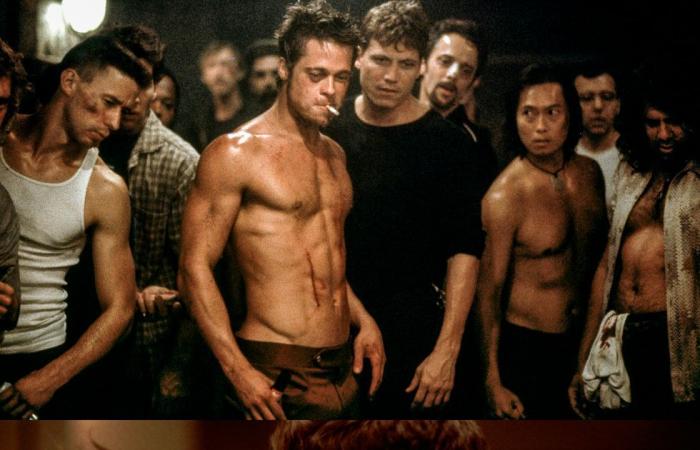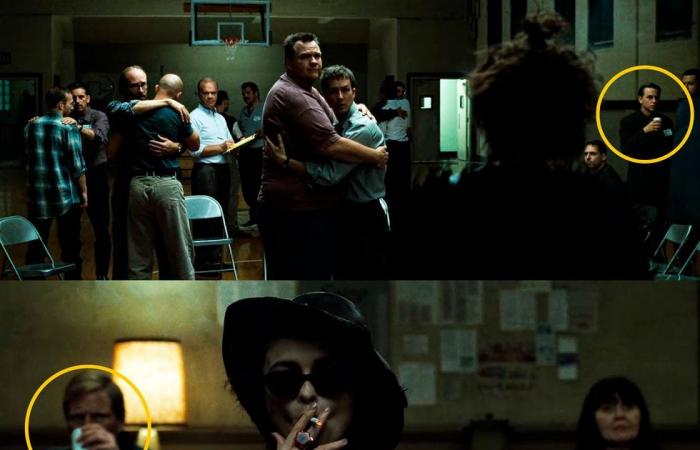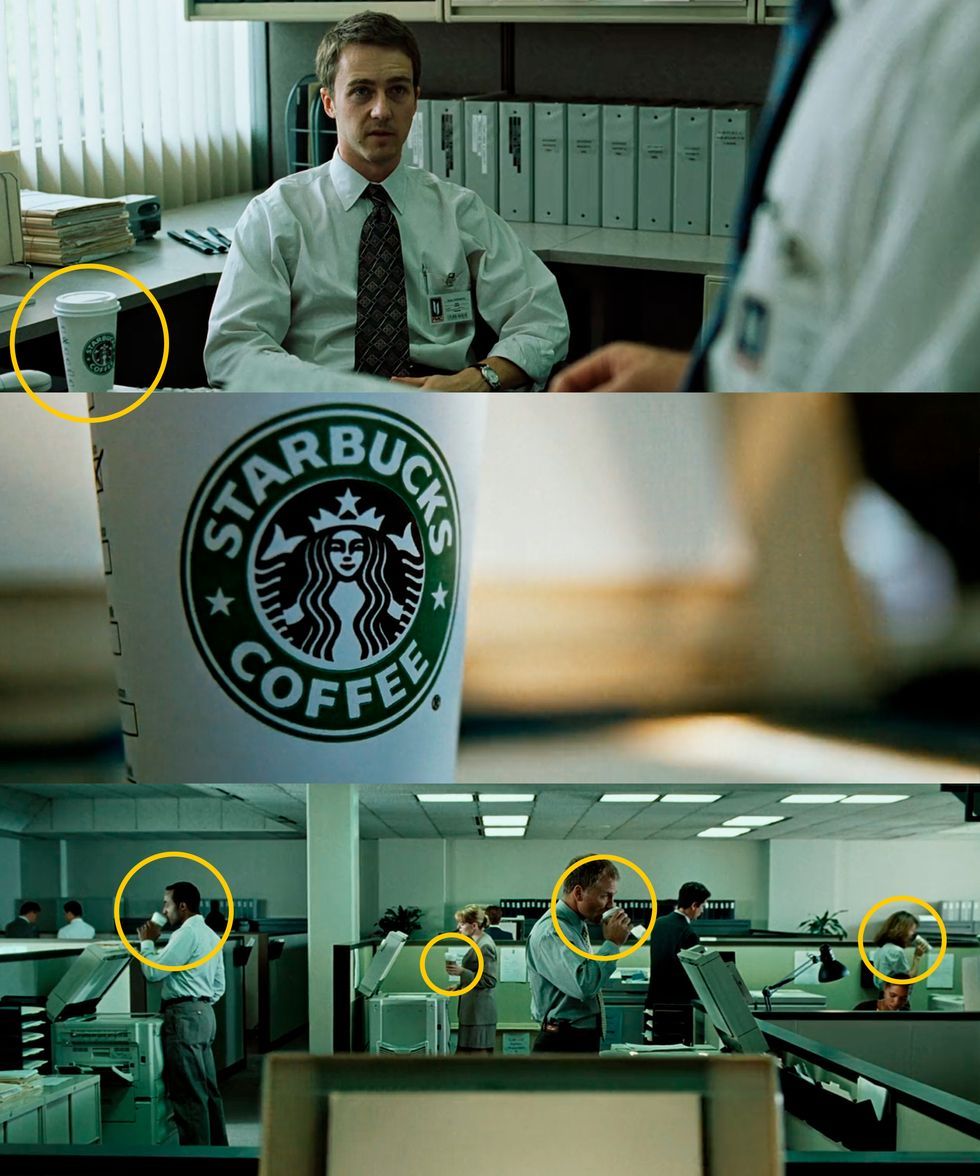During the last moments of the 90s, director David Fincher released ‘Fight Club’ (1999), starring Edward Norton, Brad Pitt and Helena Bonham Carter and based on the novel of the same name by writer Chuck Palahniuk. The plot of the film followed the character played by Edward Norton, a young man with insomnia problems who feels distressed because of the tedious routine that reigns in his life until, during a commercial flight, he makes friends with Tyler Durden, played by Brad Pitt. a soap salesman with a magnetic personality and strongly convinced of his own postulates, which are based on self-destructive ideals as the only way to redemption. In this way, they both found together a secret club in which violence is the only escape route that allows them to vent their anger and frustrations, and which little by little will gain a dangerous number of followers.
The film directly addresses some essential themes for understanding its background as Generation X angst caused by a collective feeling of immersion within consumer society, the delimitation of the concept of happiness caused by an advertising culture that establishes its own canons of happiness and that pushes society to pursue the collection of material goods with an ineffective result or the nihilistic ideal of rejection of institutions and the destruction of value systems that determine behavior and social ethics. In this way, the first part of the film, in which the character of Edward Norton shows fascination and emotion after discovering the theses and the way of understanding the life of his new friend Tyler Durden, has a revolutionary approach and contrary to the consumerism.
The fights organized in the club do not serve to glorify violence, but rather to lose the fear of pain on the part of the club members, which translates into an experimentation of feelings other than those strictly stipulated by the consumer society. in which they are trapped. They also serve as a catalyst to get rid of the frustrations to which the system itself subjected the first generation raised through television and which they deny. The anti-consumerist message of the film is made explicit by the continuous references to brands such as Calvin Klein or Gucci.as well as in some specific scenes, such as the one in which Norton and Pitt destroy some luxury cars, which symbolize consumerism, hitting them with baseball bats or the one in which Norton’s character buys Ikea furniture from a catalog to have a feeling of false fulfillment that Fincher himself defined in an interview for Film Comment as “the concept of living in this fraudulent idea of happiness.”
To make the idea of ’Fight Club’ about the accumulation of unnecessary goods even more clear, David Fincher decided to place a easter eggs hidden that is repeated repeatedly throughout the film, and which consists of distributing coffee cups and glasses with the Starbucks logo in different scenes, to reiterate the idea of a society confused and suffocated by consumerism. Fincher himself referred to it in an interview for Empire: “We had a lot of fun using that: There are Starbucks cups everywhere, in every shot. I have nothing personal against Starbucks. I think they are trying to do something good. “They are just too successful.”











